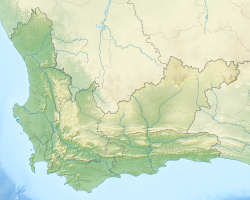The Union for Reform Judaism (URJ), formerly known as the Union of American Hebrew Congregations (UAHC) until 2003, founded in 1873 by Rabbi Isaac Mayer Wise, is the congregational arm of Reform Judaism in North America. The other two arms established by Rabbi Wise are the Hebrew Union College-Jewish Institute of Religion and the Central Conference of American Rabbis. The current president of the URJ is Rabbi Rick Jacobs.
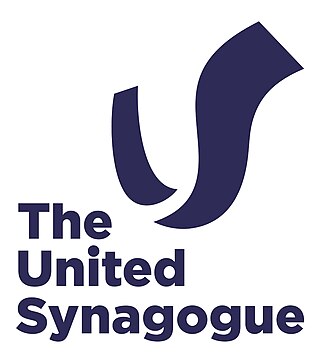
The United Synagogue (US) is a union of British Orthodox Jewish synagogues, representing the central Orthodox movement in Judaism. With 56 congregations comprising 36,000+ members, it is the largest synagogue body in Europe. The spiritual head of the union is the Chief Rabbi of the United Hebrew Congregations of the Commonwealth—a title that bears some formal recognition by the Crown.
Jews in Philadelphia can trace their history back to Colonial America. Jews have lived in Philadelphia since the arrival of William Penn in 1682.

770 Eastern Parkway, also known as "770", is the street address of the World Headquarters of the Chabad-Lubavitch Hasidic movement, located on Eastern Parkway in the Crown Heights neighborhood of Brooklyn, New York. The building is the center of the Chabad-Lubavitch world movement and considered by many to be an iconic site in Judaism.
Dallas is the third-largest city in Texas and has one of the largest Jewish communities in the state.
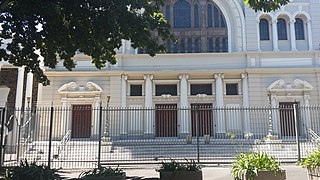
The Gardens Shul, formally the Cape Town Hebrew Congregation (CTHC), also called the Great Synagogue, is a Modern Orthodox Jewish congregation and synagogue, located in the Company Gardens, in the Gardens neighborhood of Cape Town, South Africa. The congregation was established in 1841, making it the oldest Jewish congregation in South Africa.
The history of the Jews in Vancouver in British Columbia, Canada has been noted since the mid-19th century.
The history of Jews in South Florida dates back to the 19th century. Many South Florida Jews are Ashkenazi, and Latin American. Many are also French, Moroccan, Syrian, Bukharan, and Israeli. There is a significant Sephardic and Mizrachi population as well.
The Oxford Shul is an Orthodox Jewish congregation and synagogue, located in Riviera, near the suburbs of Saxonwold, Houghton and Killarney, in Johannesburg, in the region of Gauteng, South Africa. The congregation was established in 1943 and moved into its current building in 1962. The sanctuary is one of the largest in the Southern Hemisphere, with seating for 1,500 congregants.
The United Herzlia Schools is an organisation that manages the delivery of separate Jewish education in Cape Town in South Africa. The most prominent school is Herzlia High School, which has over 2, 000 students. The school caters to Jewish students across the religious spectrum, from Orthodox to Reform and unaffiliated. The school also enrols non-Jewish pupils from other faith backgrounds.

The history of the Jews in the Democratic Republic of the Congo can be traced back to 1907, when the first Jewish immigrants began to arrive in the country. The current Jewish Congolese population is mostly of Sephardi background.

The Jewish community of Houston, Texas has grown and thrived since the 1800s. As of 2008, Jews lived in many Houston neighborhoods and Meyerland is the center of the Jewish community in the area.

Jews in Los Angeles comprise approximately 17.5 percent of the city's population, and 7% of the county's population, making the Jewish community the largest in the world outside of New York City and Israel. As of 2015, over 700,000 Jews live in the County of Los Angeles, and 1.232 million Jews live in California overall. Jews have immigrated to Los Angeles since it was part of the Mexican state of Alta California, but most notably beginning at the end of the 19th century to the present day. The Jewish population rose from about 2,500 in 1900 to at least 700,000 in 2015. The large Jewish population has led to a significant impact on the culture of Los Angeles. The Jewish population of Los Angeles has seen a sharp increase in the past several decades, owing to internal migration of Jews from the East Coast, as well as immigration from Israel, France, the former Soviet Union, the UK, South Africa, and Latin America, and also due to the high birth rate of the Hasidic and Orthodox communities who comprise about 10% of the community's population.
The Temple Israel is a Progressive Jewish congregation and synagogue, located in Hillbrow, a suburb of Johannesburg, in the district of Gauteng, South Africa. Designed by Hermann Kallenbach in the Art Deco style, the synagogue was completed in 1936 and is the oldest of eleven Progressive synagogues in South Africa. The synagogue is classified as a provincial heritage site. The congregation is affiliated with the South African Union for Progressive Judaism (SAUPJ), which is part of the World Union for Progressive Judaism (WUPJ).
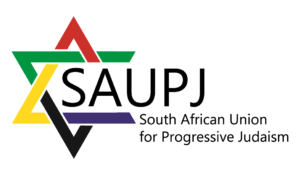
The South African Union for Progressive Judaism (SAUPJ) is an affiliate of the World Union for Progressive Judaism and supports 11 progressive congregations. Rabbi Moses Cyrus Weiler, a founder of Reform Judaism in the country, led the country's first Reform synagogue, Temple Israel in Hillbrow, Johannesburg. Weiler is credited with growing the movement, to represent 15-17% of South African Jewry and establishing 25 congregations in the country. A 2020 joint study by the Institute for Jewish Policy Research and the University of Cape Town showed that 12% of Jews identified as Progressive and that in relative terms the progressive strands are increasing after falling to 7% in 1998 and 2005 studies. In Johannesburg, the community accounts for 7% of the city's Jewry, rising to 18% in Cape Town and 25% in Durban.
The Temple Israel, also known as the Cape Town Progressive Jewish Congregation (CTPJC), is a Progressive Jewish congregation, located in Cape Town, with three synagogues located in each of Green Point, Wynberg and Milnerton, in the Western Cape region of South Africa. As three centres combined, they are the largest Progressive congregation in South Africa, and the second largest Jewish congregation in Cape Town after Marais Road Shul in Sea Point.
The city of Frederick, Maryland is home to a small but growing Jewish community. With roots dating to the colonial era, Frederick's Jewish community is home to three synagogues, a Hebrew school, and a Jewish community center.
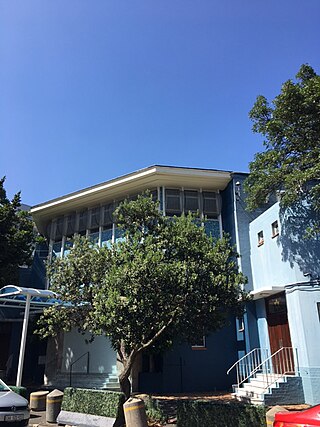
The Marais Road Shul, formally the Green & Sea Point Hebrew Congregation (G&SPHC), is a Modern Orthodox synagogue in Sea Point, a seaside suburb of Cape Town. The congregation was first established in 1926, and the synagogue was completed in 1934. It had initially intended to become a branch of the Gardens Shul in the City Bowl, but opted for independence, and became the larger of the two. It is the largest Jewish congregation in South Africa, and by 1994, it had become the largest in the South Hemisphere. The Sephardi Hebrew Congregation, established in 1960, also operates a shul from the G&SPHC's Weizmann Hall on Regent Road in Sea Point.

The Muizenberg Shul, formally the Muizenberg Hebrew Congregation, is a Modern Orthodox Jewish congregation and synagogue, located in Muizenberg, in Greater Cape Town, in the Western Cape region of South Africa. The congregation was established in 1924, and the synagogue was completed in the following year.
The Beit Midrash Morasha is a Modern Orthodox Jewish congregation and synagogue, located on Arthur's Road, in Sea Point, a seaside suburb of Cape Town, South Africa. The congregation was first established in 1897 in District Six, before relocating to Vredehoek in 1945. It moved to its present location in Sea Point in 1954.

